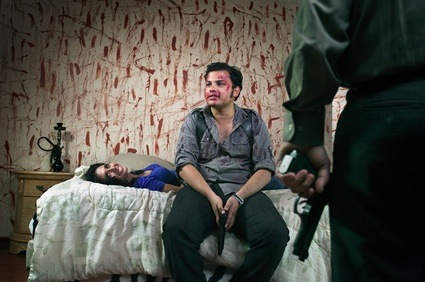 Fabio Cuttica, The set of the film “El baleado”, Narco Cinema, Tijuana-Mexico, November 2010
Fabio Cuttica, The set of the film “El baleado”, Narco Cinema, Tijuana-Mexico, November 2010
Before going through the series of winners of World Press Photo, i had never heard of narco cinema. But then again each time i’ve discovered a cinematographic (sub)genre recently it was thanks to photography. In late 2009, i found about Nollywood cinema through Pieter Hugo‘s work. This year Fabio Cuttica brought me to Narco Cinema.
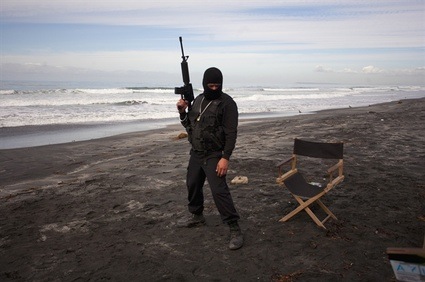 Fabio Cuttica, The set of the film “El baleado”, Narco Cinema, Tijuana-Mexico, November 2010
Fabio Cuttica, The set of the film “El baleado”, Narco Cinema, Tijuana-Mexico, November 2010
The name says it all. Narco cinema churns out low-budget, action-filled B-movies that star drug dealers, corrupt cops and politicians, strippers, explosions, blood baths but also plenty of trucks and those vehicles that are twice the size of my flat. Although they are fictional, the films mirror and glamorize the stories of the real battles that oppose police vs narcos or drug cartels vs other drug cartels. The more brutal the real conflicts get, the more violent the scenarios of narco movies.
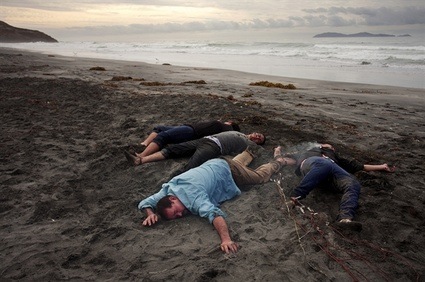 Fabio Cuttica, The set of the film “El baleado”, Narco Cinema, Tijuana-Mexico, November 2010
Fabio Cuttica, The set of the film “El baleado”, Narco Cinema, Tijuana-Mexico, November 2010
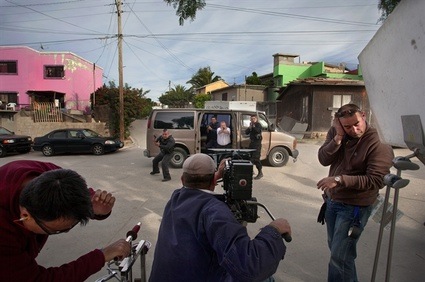 Fabio Cuttica, The set of the film “El baleado”, Narco Cinema, Tijuana-Mexico, November 2010
Fabio Cuttica, The set of the film “El baleado”, Narco Cinema, Tijuana-Mexico, November 2010
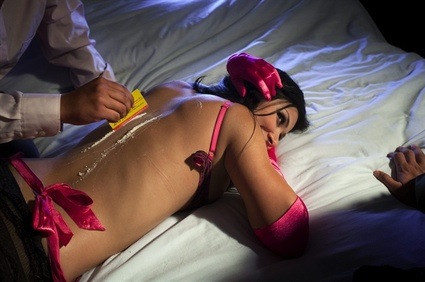 Fabio Cuttica, The set of the film “El baleado”, Narco Cinema, Tijuana-Mexico, November 2010
Fabio Cuttica, The set of the film “El baleado”, Narco Cinema, Tijuana-Mexico, November 2010
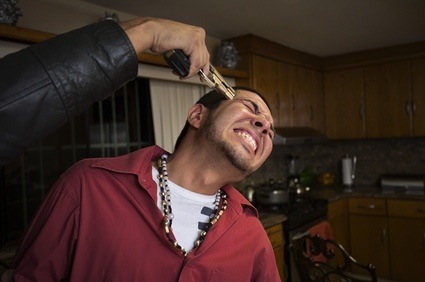 Fabio Cuttica, The set of the film “El baleado”, Narco Cinema, Tijuana-Mexico, November 2010
Fabio Cuttica, The set of the film “El baleado”, Narco Cinema, Tijuana-Mexico, November 2010
Making a 90 minute movie is an experience as fast-paced as the action in the film itself: most of the time only 2 weeks separate the writing of the scenario from the distribution of the film. The films never make it to the big screen, they go directly to DVD case. VICE went to the shoot of a narco movie last year and came back with a long article and a short documentary.
But let’s get back to the winning entry at the World Press Photo 11:
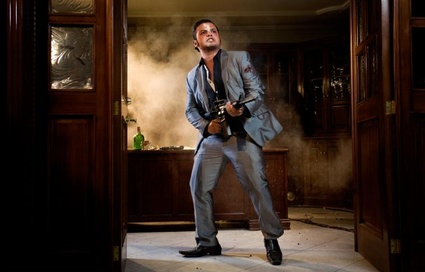 Fabio Cuttica, Actor Fabian Lopez on set in Tijuana, playing the lead in the film El Baleado 2, Narco Cinema, Tijuana, Mexico, 06 November 2010
Fabio Cuttica, Actor Fabian Lopez on set in Tijuana, playing the lead in the film El Baleado 2, Narco Cinema, Tijuana, Mexico, 06 November 2010
Tijuana is a focal point of real-life drug wars raging in Mexico. The wars have inspired ‘narco cinema’, a B-movie genre dating back to the 1980s that has become increasingly violent in recent years. Formulaic and action-packed, the films have been accused of glamorizing the drug lords’ way of life, but reflect a world much of the audience recognizes. Narco cinema is enormously popular both in Mexico and with Mexicans living in the USA. Over 30 such narco movies are shot each year in Tijuana alone, and many actors achieve star status.
Fabio Cuttica speaks about the project:
“In November 2010, I begun to document the cinema production in Tijuana, Mexico. I focused my work on the production of movies that offer a representation of narco trafficking. In the last years, with the increase of violence due to conflicts among drug cartels, a cultural market (music, literature, movies) has developed that seeks to describe and tell some aspects of this conflict.
The winning picture, which is one of a series about narco cinema, was shot during the filming of the movie El Baleado 2. It was one of the last scenes, before the main character, actor Fabian Lopez in the role of Saul ‘El Baleado’ was shot to death. I worked on the set of El Baleado 2 film during a week. In the scene, ‘El Baleado’ leaves his office, shooting at the enemies that want revenge. In the background, a cloud of cocaine fills up the room. His face, drug crazed, is also cover by cocaine-like powder. That day was the last day of filming. It was a 20-hour, non-stop journey, at a set inside a house in Tijuana. It was a very tiring day, but really lucky, I will not forget it!”
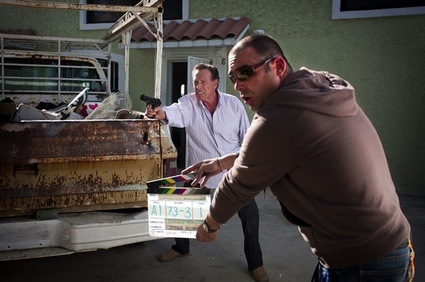 Fabio Cuttica, The set of the film “El baleado”, Narco Cinema, Tijuana-Mexico, November 2010
Fabio Cuttica, The set of the film “El baleado”, Narco Cinema, Tijuana-Mexico, November 2010
In an interview with The Independent, Cuttica explained that narco cinema may even be a way to make sense of the violence. As he suggests, “it is something happening today in Mexico and the people feel somehow involved with this, they want to know, suffer, and – why not? – also laugh about it.”
More photo in The Independent, Contrasto.
Previously: The pavilion i wish i hadn’t missed at the Venice Biennale and World Press Photo 11, the most spectacular works of photo journalism from the year 2010.
